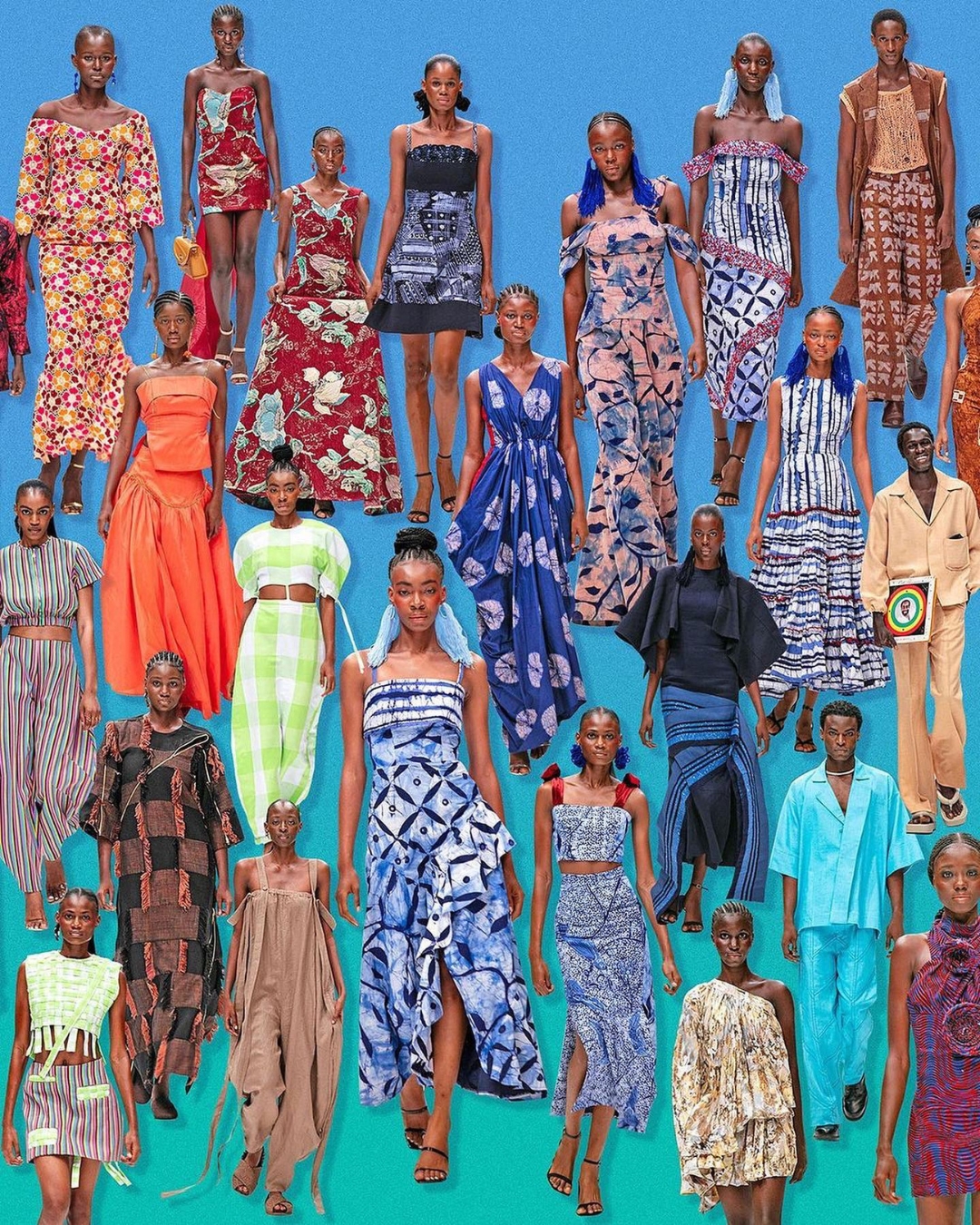Although she has a degree in journalism, it was passion that brought Maya Amoah back to fashion. Of Ghanaian and Egyptian-German descent, she was inspired by a trip to Ghana in 2018 by the vibrancy and potential of batik fabric, an artisanal hand-printing technique.
The idea for Batik Boutik arose from a simple observation: the absence of contemporary clothing valorizing these textiles for everyday life, beyond formal wear. Its vision is to fuse minimalist Western style and the comfort of modern designs with the richness of African prints. This aesthetic fusion extends beyond batik. It now includes kenté (hand-woven), broadening its palette while remaining rooted in West African craftsmanship.
Conquering the world with pop-ups
For Maya Amoah, online distribution alone was not enough. Faced with the saturation of the digital market and the customer’s need to touch the fabrics, she adopted a “nomadic commerce” strategy centered on pop-up stores. This approach enabled the company to directly test the market and validate the appeal of its collections beyond Canada, particularly in Europe and the United States.
She quickly identified two customer “avatars”:
- Diaspora/Afro-descendants: In America, this clientele is strongly motivated by a desire to connect with their roots, and actively supports black businesses.
- The European: This segment shows a stronger appreciation for the craftsmanship, quality and history of cultural textiles.
This strategy of frequent travel enables her not only to sell, but also to network and draw inspiration from the different international fashion scenes, keeping her brand constantly relevant.
Craftsmanship, transparency and sustainable fashion
One of Maya Amoah’s major challenges has been to reassure customers about production in Ghana. Contrary to preconceptions about the difficulty of producing in Africa, she emphasizes the
The brand’s commitment to sustainability is also a central pillar. Sensitive to the textile waste crisis affecting Ghana, Maya Amoah has turned this reality into a creative opportunity:
- Upcycling/Patchwork: She uses fabric scraps to create new accessories, bags and garments.
- Ecological awareness: It integrates recycling, using for example 100% cotton flour bags for capsule outfits.
This commitment echoes her own career as a journalist, where curiosity and expertise are put at the service of an authentic storytelling that puts the spotlight not only on fashion, but on the African artistic ecosystem as a whole.
Read also




